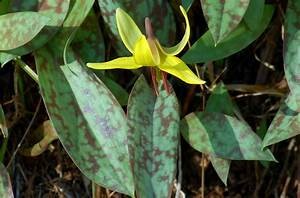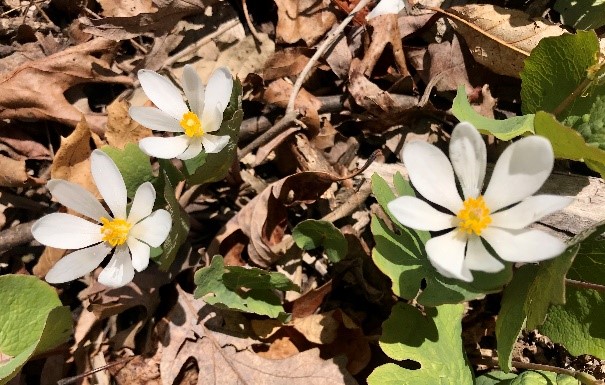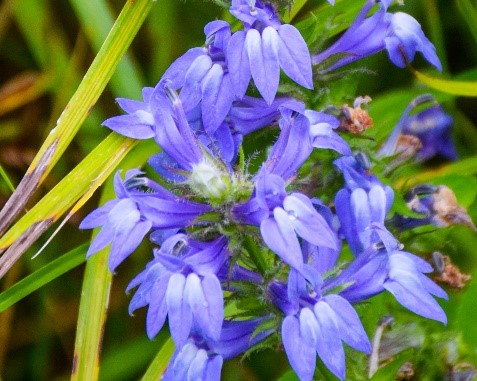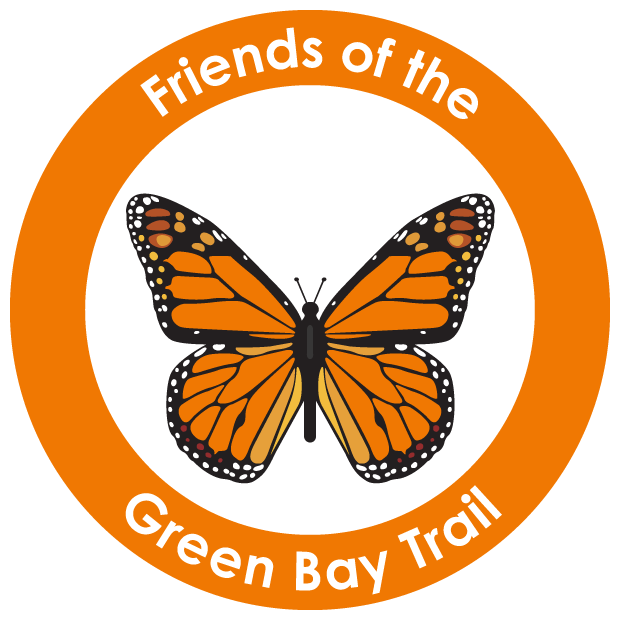Native Plants
– naturally good neighbors
 Centuries of evolution have brought together local plants and other species in our area to create a balanced, healthy community with food, shelter and space for all. Native plants also serve people by slowing and absorbing storm water, stabilizing soil, and filtering air and water.
Centuries of evolution have brought together local plants and other species in our area to create a balanced, healthy community with food, shelter and space for all. Native plants also serve people by slowing and absorbing storm water, stabilizing soil, and filtering air and water.
Good neighbors share the land
Native plants take turns with the sunlight. Oak trees leaf out late, allowing spring flowers to emerge, bloom and set seed. These same bloomers provide the earliest food for bees and other pollinators—and bring joy to people anxious for color after a long winter. Even after the spring plants fade back, their roots hold the soil under the shady trees and plants of summer.
Food for birds and insects
Our diverse insect community thrives on native plants’ nectar, seeds, berries and leaves. Ninety percent of our birds rely on insect larvae as a protein source to feed their young. There would be no monarch butterflies without milkweed to feed the caterpillars that hatched from their eggs.
Oak trees support hundreds of varieties of butterflies and moths. They provide home and nourishment for more than 30 types of birds and countless insects. A non-native tree like a ginkgo, while beautiful, provides almost no support for native insects—and therefore cannot be a good home for birds, because it lacks their food. 
Deep roots in the Midwest
Native plants have adapted to our region’s cold winters and hot, dry summers. Their deep root structures, once established, do not need to be watered or fertilized. And they create passages in the soil to help absorb storm water—unlike the short roots of lawn grass. They also capture and store carbon from the air, helping combat climate change.




